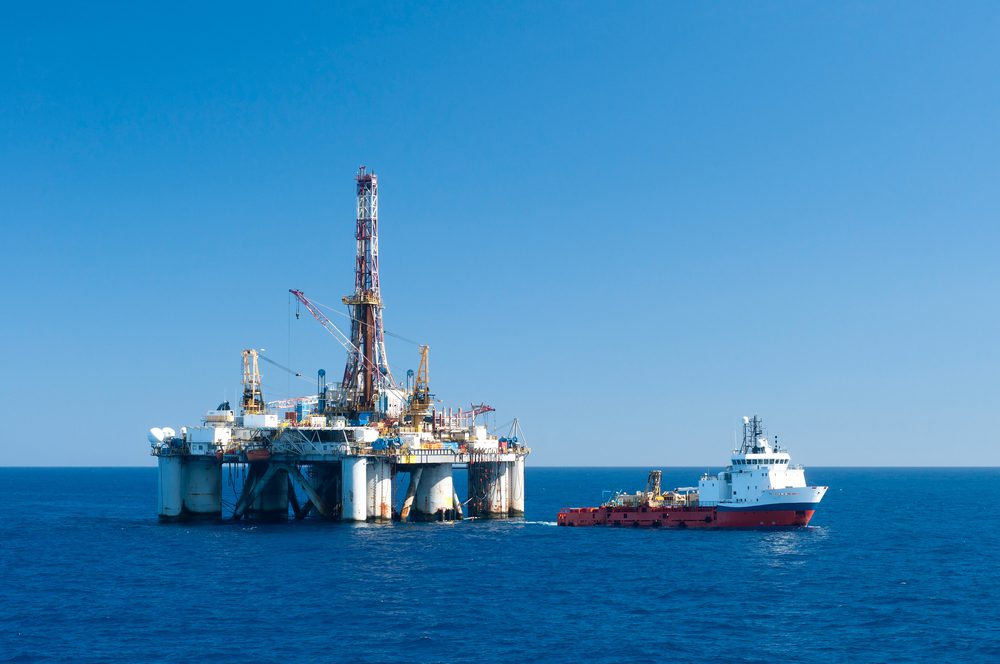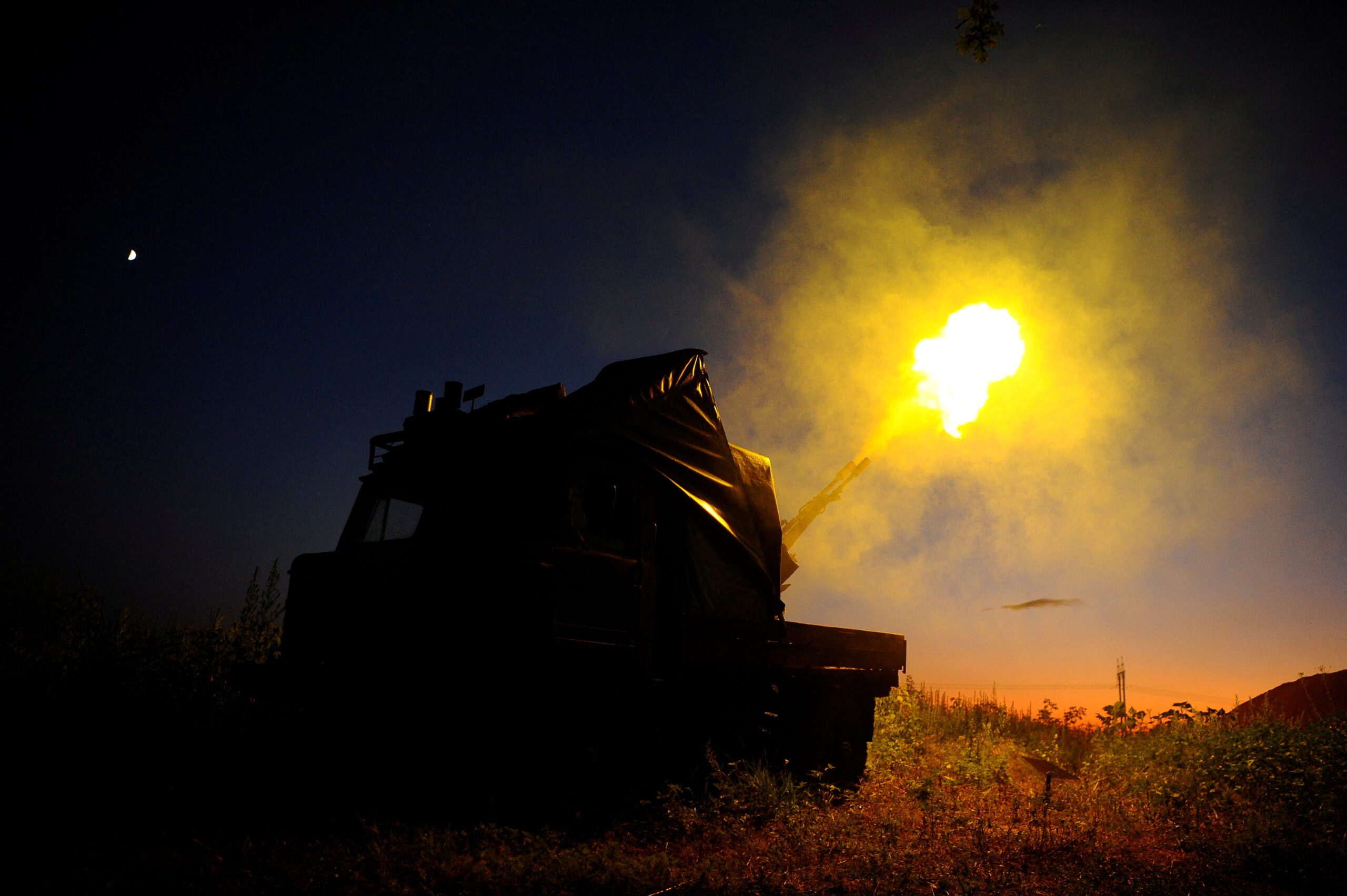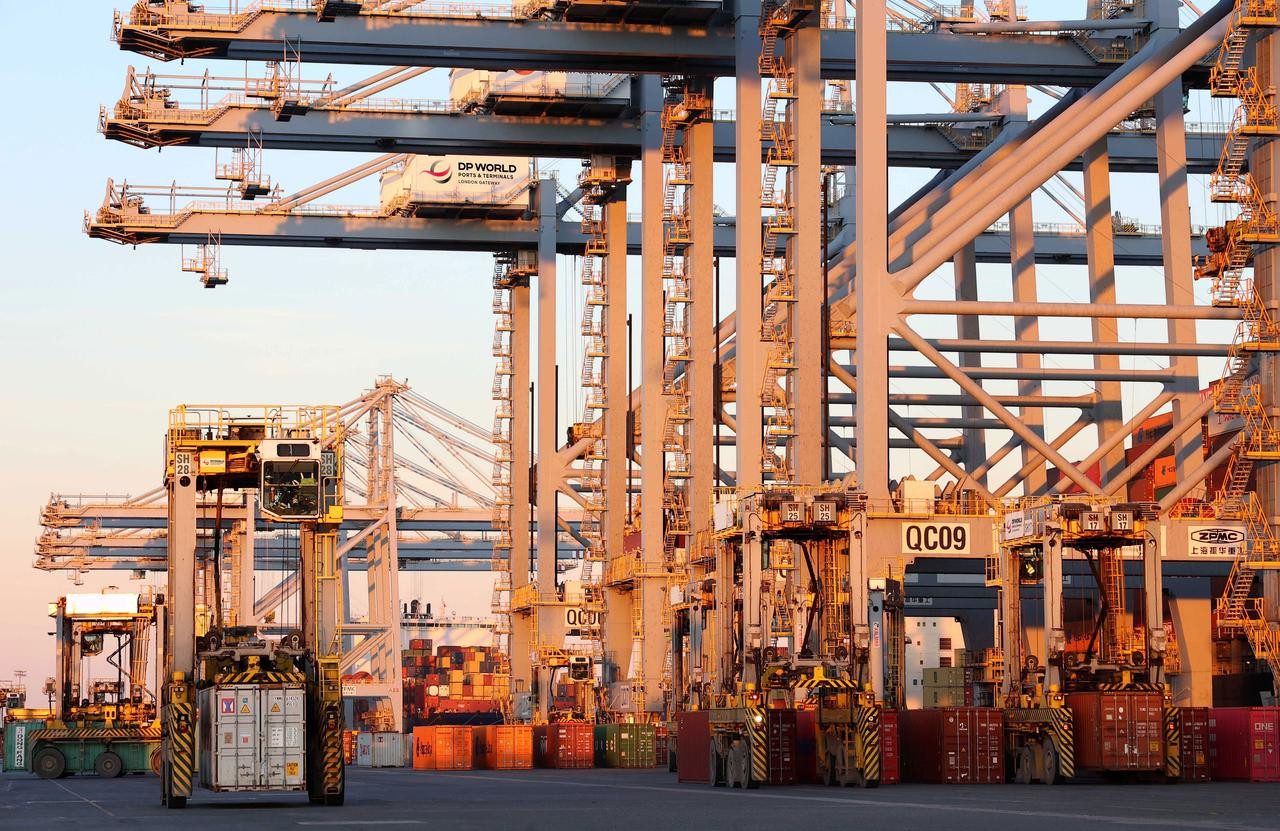By Jennifer A. Dlouhy
(Bloomberg) — The Obama administration will issue sweeping new regulations on offshore drilling Thursday, imposing potentially costly requirements for those coastal wells and the emergency equipment meant to prevent environmental disasters.
The plan to issue new well-control regulations, confirmed by a person familiar with the rulemaking, comes almost six years after the blowout of a BP Plc well in the Gulf of Mexico triggered an explosion that killed 11 workers and unleashed an oil spill that lasted for months.
Exxon Mobil Corp., Chevron Corp., Anadarko Petroleum Corp., and other oil companies have lobbied against the mandates, warning they will impose potentially tens of billions of dollars in new costs and threaten to reduce drilling in the Gulf of Mexico, which accounts for about 17 percent of U.S. crude production.
While the final measure yielded to some industry demands, it is not expected to go far enough to satisfy the oil companies that say they need much more certainty to begin big, multibillion dollar projects.
The Interior Department’s Bureau of Safety and Environmental Enforcement, which developed the measure, puts the price tag at about $1 billion over 10 years, and says it is essential to stepping up safety.
‘Catastrophic Results’
Complex offshore oil and gas operations have many different points of failure that “can lead to catastrophic results,” Bureau Director Brian Salerno told a House committee last month. The measure is aimed at “higher risk activities, more complex geologic settings, and the utilization of more complex drilling systems” as oil companies move into deeper water and target higher-pressure rock formations miles below the surface of the sea.
The rule comes amid a crude price slump that has forced energy companies to dismiss workers and cut capital spending on new projects. Though prices have risen in recent weeks to more than $40 a barrel, they are a fraction of the $107.26 high reached in June 2014.
House Majority Whip Steve Scalise, a Republican from Louisiana, told reporters Wednesday that the “one-size-fits-all rule from Washington could actually make it less safe for drilling.”
“That’s the last thing we need at a time when we’re closer to energy independence — when our country is creating thousands of jobs,” Scalise said.
Frequent Tests
Since the the Deepwater Horizon disaster, the administration of President Barack Obama has reorganized the federal agencies that oversee offshore oil and gas development and imposed new requirements, including periodic third-party audits of companies’ safety and environmental management systems.
But even with those changes, the U.S. Chemical Safety Board said in a draft report issued Wednesday, there are still too many risks offshore. The independent federal agency said those moves “do not go far enough to ensure effective industry management and control of major hazards or prevent possible future Macondo-type incidents.”
As proposed last year, the well-control measure would require more frequent testing of the blowout preventers that are used as a last defense against uncontrolled surges of oil and explosive gas, while mandating continuous monitoring of deep-water projects. The draft rule also would force offshore operators to stay within a newly defined “safe drilling margin” that specifies the precise balance between the drilling fluids that are pumped under the sea floor and the amount of pressure the underground formation can take before it cracks.
The narrow drilling margin at BP’s failed Macondo well was sharply scrutinized after the 2010 spill.
More Flexibility
Oil companies have pleaded for more flexibility, saying that almost two thirds of the wells drilled in the Gulf of Mexico since 2010 wouldn’t meet the proposed requirements. In more than a dozen meetings with Obama administration officials in March, energy companies and their allies insisted that they needed assurance they could swiftly deviate from the drilling margin standards without waiting for approval from regulators.
The final rule responded to some industry concerns, including by giving oil and gas companies more discretion on the timing of equipment tests, according to a person familiar with the release who spoke on the condition of anonymity. The measure is still expected to specify a safe drilling margin while outlining a process for offshore operators to seek variances from the standard.
Vetting Permits
The safety bureau says that dovetails with existing practice, with regulators vetting permits to drill that meet the same proposed margin standard in the proposed rule, even though it hasn’t previously been formalized in regulation.
“There’s been a lot of alarmist language associated with the rule,” Salerno told reporters March 2. “To believe that, you have to almost ignore the way the agency has historically operated, where we’ve had that dialogue, that back and forth with the industry in the permitting process. There’s no intent to change that process, that dialogue.”
Environmentalists had pushed the Obama administration to take a tougher approach by requiring offshore operators to drill two wells at the same time — including one that could be used to stem out-of-control oil and gas flows. The Interior Department opted not to do that, or to mandate companies use a second, redundant blade on blowout preventers to boost the odds of the device slashing through drill pipe and sealing off an open well hole in an emergency.
Rich Companies
“These are the richest companies in the world,” said Jacqueline Savitz, a vice president at the conservation group Oceana. “These are companies that are doing quite well capitalizing on a public resource, so I don’t feel we’re asking too much of them to ask them to do it as safely as possible.”
Savitz said the administration deserved credit for not giving in to requests by oil companies and some lawmakers to propose the rule again and subject it to a six-month comment period, almost certainly putting it in the hands of the next president.
The Interior Department said industry would face higher costs complying with the rule, including one-time charges associated with adding new equipment to existing rigs. Over 10 years, the proposed version of the rule would cost about $883 million, the government estimated, but that would be offset by benefits, such as averted oil spills, valued at as much as $5.3 billion.
API Warnings
An analysis conducted for the American Petroleum Institute said the draft rule first proposed last year would impose new costs of $31.8 billion over the next decade.
“The narrow, duplicative requirements included in the proposal, if left in, could stifle innovation and delay implementation of new technologies that can improve safety and operations,” Erik Milito, an API director, told reporters on a conference call Wednesday.
A separate assessment conducted by Wood Mackenzie for the Gulf Economic Survival Team, a Louisiana-based business group, says the rule as drafted would cut exploratory drilling in half, or by about 10 wells a year. Those exploration wells provide the foundation for oil and gas production that can come online years to a decade later.
© 2016 Bloomberg L.P

 Join The Club
Join The Club











